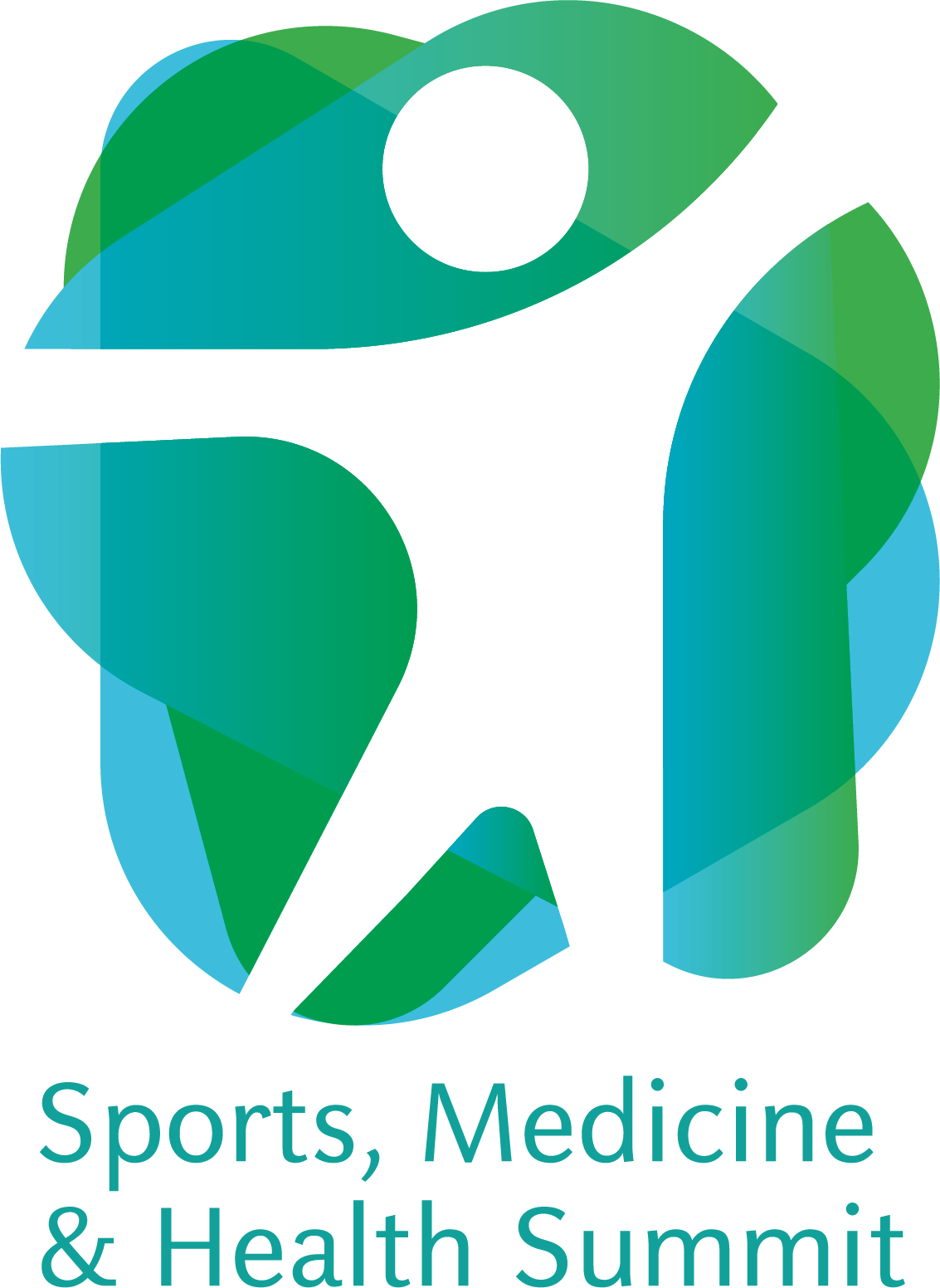- ESC TV Today: Among the topics: Sudden Cardiac Death (SCD) in sports - In-flight medical emergencies, 26.01.2023, Online abgerufen unter: https://esc365.escardio.org/event/837
Sudden cardiac death during sport: prevention & diagnosis
Exercise reduces cardiovascular mortality, but in rare cases sudden cardiac death can occur during exercise. How can this risk be minimised?
Causes of sudden cardiac death
While the positive effects of exercise on the cardiovascular system are well known, haemodynamic and metabolic stress during exercise can trigger fatal arrhythmias and even heart attacks in some people with heart disease.
Causes of death in sport can be manifold and are strongly age-dependent. For example, hereditary diseases such as cardiomyopathies and ion channel diseases are the most common cause of death in young people under 25. Congenital anomalies, for example in the coronary arteries, or arteriopathies can also be a cause of death. A small proportion of those affected die of myocarditis or commotio cordis. It should be noted that 90% of all deaths during sport occur in middle-aged men between 45 and 55 years of age. Among them, the most frequent cause is coronary heart disease.
ECG or no ECG?
In the cases of sudden death in sports, it is striking that most of those affected do not show any symptoms. Therefore, reliable diagnostic tests are essential. A sensitive and inexpensive test would be optimal given the extensive numbers of people that participate in sports.
With the help of the ECG, heart diseases such as Wolff-Parkinson-White syndrome, long QT syndrome (LQTS) and Brugada syndrome can be easily recognised. Furthermore, in most cases, ECGs reveal cardiomyopathies - hypertrophic as well as arrhythmogenic. However, the electrocardiogram is not very effective in detecting people with silent coronary artery disease.
To ensure a reliable diagnosis, pragmatic methods must be used, taking into account the patient's habitual activity, the presence or absence of cardiac symptoms, and the risk profile of the individual.
The risk profile can be classified using the SCORE table, which is based on smoking history, systolic blood pressure, and lipid profile.
People who sit for potentially extensive periods of time, or have cardiac symptoms and therefore have an elevated score on the SCORE chart, are considered to be at particular risk. These high-risk individuals should undergo a stress test or functional imaging before engaging in physical activity.
How can sudden cardiac arrest be prevented during sport?
In 2021, an automated external defibrillator (AED) was used on the pitch to resuscitate Christian Eriksen.
It is rather known that prior screening does not necessarily prevent sudden cardiac death. But this is precisely why it is important that AEDs are available at all sports facilities, including gymnasiums.
Screening detects only about 60% of all athletes who could suffer sudden cardiac death. In many cases, the deaths are due to blunt cardiac injuries (commotio cordis) that occur on the field of play or myocarditis that was not detected during screening. However, there is sufficient evidence that early cardiopulmonary resuscitation and the use of an AED improves the chances of survival from cardiac arrest by a factor of four.
"If someone collapses in front of a shopping centre, their chance of survival is only about 10%. But if someone has a cardiac arrest in a sports hall, early resuscitation by lay people increases the survival rate to between 45 and 90 %."
– Professor S. Sharma (London, GB)
It is therefore all the more important to increase general knowledge about sudden cardiac death, and raise the willingness of bystanders to provide active first aid.
As a treating physician, what advise can be given to patients about sudden cardiac death during sport?
The fact is: exercise is essential for health. And in absolute terms, the risk of sudden cardiac death during exercise is very low.
When it comes to recommendations for regular exercise to prevent cardiovascular disease, there are large data sets from around the world with follow-up periods of several decades. These data suggest that cardiovascular mortality is 20-40% lower when:
- exercising between 2.5 and 10 hours per week at moderate intensity.
- or between 75 and 150 minutes of exercise per week at a high intensity.
Optimally, several exercise sessions are completed per week, preferably every day or every other day. As a doctor, you can also prescribe exercise for your patients.
However, in direct conversation you should ease your patients' worries: The risk of sudden death with this level of physical activity is very low. A good guideline is that a patient's pulse should be between 60 and 80 % of the maximum heart rate for their particular age. Most people with mild heart disease can do sport within this frame without any problems.
Only people with very severe heart disease or angina pectoris should be cautious. These patients should not exercise to their full limits. But in general, most people can and should exercise at least 150 minutes a week.
You can find more information about exercise and sports on the SMHS page:

The Sports, Medicine and Health Summit is an interdisciplinary education forum for sports, medicine and health. From 22-24 June 2023, national and international representatives from the fields of medicine, sport and health will meet in Hamburg to present the latest scientific findings on these topics.